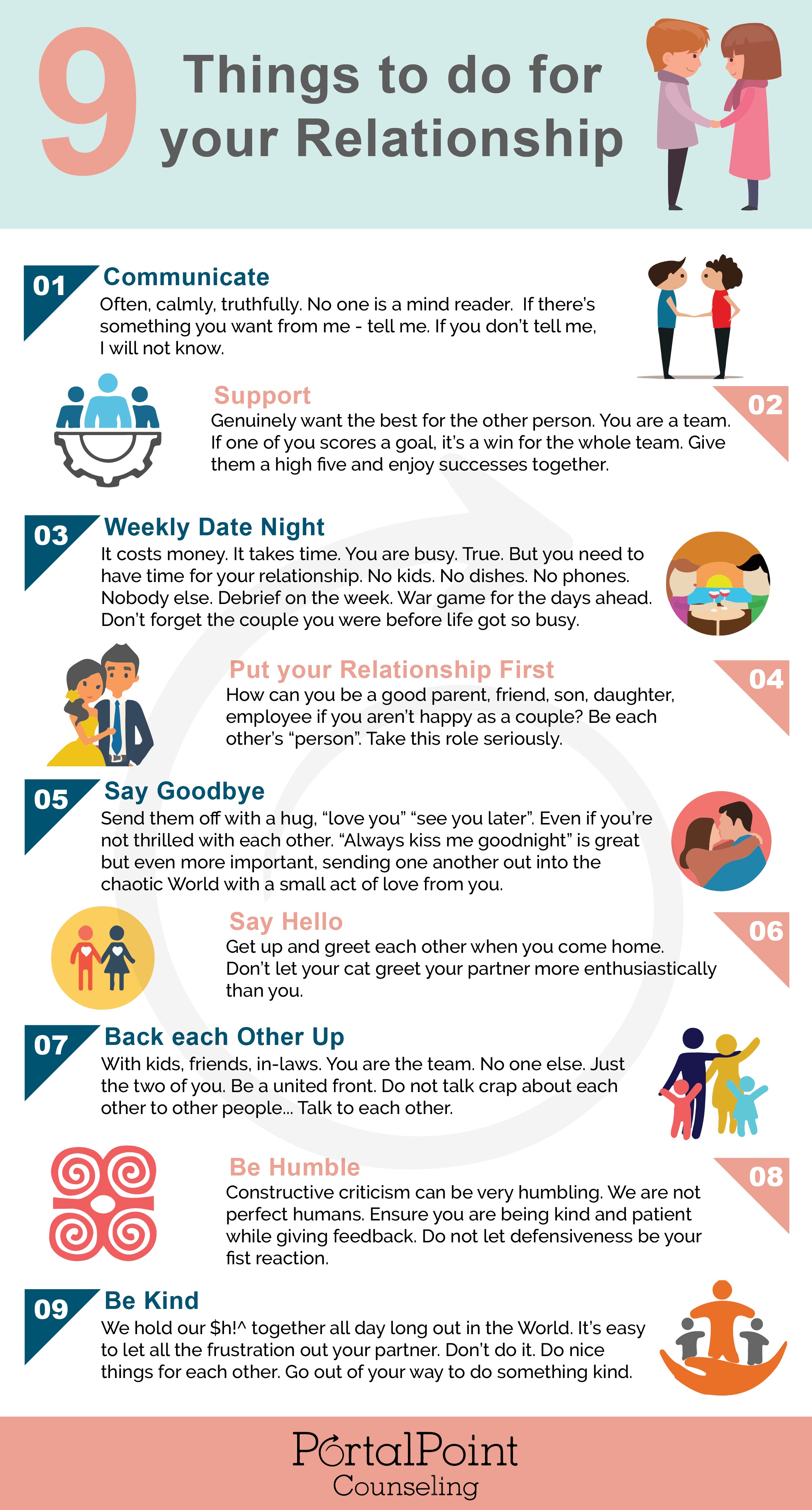Examine This Report on Aim Point Counseling
Examine This Report on Aim Point Counseling
Blog Article
The Ultimate Guide To Aim Point Counseling
Table of ContentsWhat Does Aim Point Counseling Do?How Aim Point Counseling can Save You Time, Stress, and Money.The Ultimate Guide To Aim Point CounselingIndicators on Aim Point Counseling You Need To KnowThings about Aim Point Counseling9 Easy Facts About Aim Point Counseling Shown
The longitudinal layout involves a pre-treatment study and two follow-up studies at 3- and 12-months post-intervention. The research study is embeded in eight Relationships Australia Victoria centres, throughout urban, outer suburban areas, and regional/rural sites. Relationships Australia, a non-government organisation, is the largest copyright of pair counselling and connection solutions in Australia.
These high prices of relationship failure have been consistently connected with unfavorable health consequences for both adults and youngsters following divorce/separation.
Aim Point Counseling for Beginners
The effects of separation and splitting up can be detrimental, research indicates that high partnership dissonance in intact couples is also most likely to have negative outcomes.
Furthermore, aspects that affect the end results of these services need thorough investigation. Research study to date has actually recognized both couple and private variables that might contribute to connection disharmony. These consist of partnership satisfaction and dedication at the couple level, and depression at the individual degree. Robust study to review relationship-enhancing interventions in the community are scarce.
9 Simple Techniques For Aim Point Counseling
Partnership fulfillment has been the most typical result variable determined in even more than 200 assessments of pair counselling [11,12] Research studies have actually located significant renovations in relationship satisfaction from pre- to post-treatment [13,14] and throughout one to 2 years adhering to therapy [15] In these studies, relationship fulfillment was most often analyzed utilizing the Dyadic Modification Scale (DAS) [16] While the majority of research studies suggest improvements in partnership fulfillment complying with couple counselling, they are restricted by the examples and steps used, mostly temporary follow-up time frameworks, and evaluations that do not account for the dyadic nature of couple information., is one more commonly checked out relationship result.
To summarise, study suggests that couple-specific variables as well as specific aspects may predict the results of pair counselling and relationship services. The causal instructions of these partnerships, however, is much less clear. These observations are very important, since, to justify and direct the application of connection services such as pair coaching, empirical evidence must discover both the outcomes of connection solutions and the elements that predict effective therapy.
, at least in some European countries.

We currently know little learn this here now about the profiles of pairs that seek out relationship education and learning contrasted with those who look for relationship therapy, or the results of these programs. Anecdotal proof suggests that there may be considerable distress amongst at least some couples looking for partnership education and learning.
The 7-Minute Rule for Aim Point Counseling
Feedback involves individuals completing questionnaires regarding their connection (e.g. measures of social troubles), and getting info on what their scores indicate. Cognitive-behavioural techniques advertise changing cognitions to promote favorable connections.
These meta-analyses highlight restrictions in the current literature on partnership education. This sample profile may not stand for customers who usually present for partnership education.
The 45-Second Trick For Aim Point Counseling

Extremely little study has actually analyzed the comparative advantages of pair therapy and partnership education programs. As clients are most likely to self-select into these service kinds, it is not clear whether characteristic connection distress profiles present to every service kind, or certainly whether there is an interaction between presenting profile, service type and outcome.
(https://canvas.instructure.com/eportfolios/3603967/home/aim-point-counseling-mapping-your-way-out-of-lifes-wilderness)
Hence, we have actually consisted of a 12-month follow-up to determine longer-term trends and effects. The research utilizes a variety of standardized end result measures considering that some prior investigations have been criticised for their lack of standard evaluation [50] Finally, the use of statistical evaluations that presume self-reliance of data, such as t-tests, or ANOVAs, has actually prevailed in previous studies [ 44,49]
Therefore, we recommend to use multi-level analytical modelling treatments that manage for the inter-dependence of couple information to analyze any kind of treatment impacts. The specific objectives of the ECC research are to: 1. Map profiles of customers seeking area agency-based pair therapy vs. connection enhancement programs in regards to socio-demographic and connection indicators (such as connection satisfaction, relationship dedication, interpersonal problems, and reasons for going to), along with health and wellness (such as anxiety, basic wellness) and health service use (eg.
2. Identify whether couple counselling and relationship education and learning services improve three- and twelve-month outcomes for partnership satisfaction, dedication, and anxiety, utilizing analytical analyses ideal to couple data. 3. Determine the relative payments of customer variables (individual and couple) and therapy/education elements to outcomes at 3- and 12-months, and to sustainability of outcomes with time.
The Aim Point Counseling PDFs
Multi-level modelling to determine pre-post differences, controlling for dyadic (couple) level. To add to the literary works assessing the performance of community-based pair therapy. The results will assist medical decision-making in community-based partnership service setups, and specialist training. 3. To figure out the family member contributions of client/couple and treatment aspects to outcomes at 3- and 12-months, and to sustainability of results gradually.
Report this page